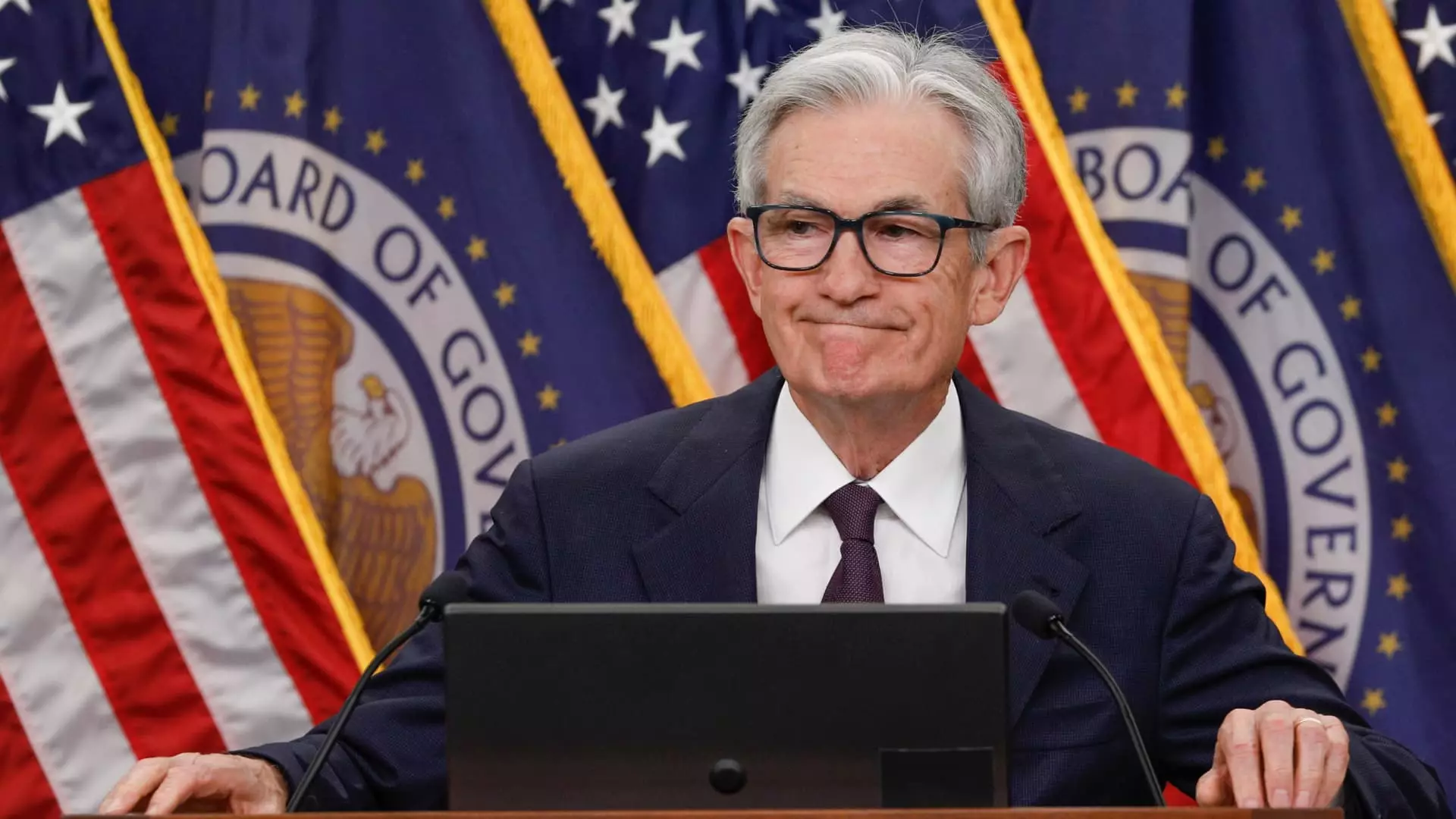As Federal Reserve Chair Jerome Powell prepares to testify before Congress, he finds himself standing at a tumultuous crossroads where economic theory meets political pressure. The landscape is fraught with tension, not just from the usual suspects within financial markets but intensified by the White House’s overt demands for aggressive interest rate cuts. This isn’t just another routine appearance; it’s a battleground where economic stability clashes with the whims of political leaders who may prioritize short-term gains over long-term stability.
Jerome Powell’s semiannual appearance before the House Financial Services Committee and then the Senate Banking Committee is expected to unravel threads of economic narrative that bind monetary policy decisions. However, with the likes of President Trump, who has openly criticized Powell for not moving quickly enough to lower rates, and Fed officials expressing openness to cuts as early as July, Powell stands on shaky ground. Such an environment raises questions about the implications of politicizing what should be a neutral institution focused on maintaining economic equilibrium.
Political Pressures Undermining Independence
The Federal Reserve has long been heralded for its independence, insulated from the political chaos that engulfs most governmental functions. However, the current situation suggests that this independence is being systematically undermined. Trump’s calls for sharp, immediate interest rate cuts ostensibly aim to inflate an economy that has shown signs of volatility, but they also cast a shadow over the credibility of the Fed. Powell is no stranger to the weight of such expectations, battling to maintain a coherent message while simultaneously navigating a minefield of conflicting demands.
Analysts like Mohamed El-Erian have articulated concerns surrounding Powell’s ability to unify the Federal Open Market Committee (FOMC) amid apparent shifts in sentiment among its members. With governors like Michelle Bowman and Christopher Waller suggesting a leaning towards rate cuts—presumably to appease both the administration and the market—there’s an undeniable risk that decisions might be swayed by political chatter rather than grounded economic indicators. The fear here is that if the Fed bows too readily to political pressure, its long-standing legitimacy may erode, inviting questions about its commitment to unbiased economic stewardship.
The Market’s Perception of Fed Moves
The financial markets are well aware of the shifting tides surrounding the Fed’s interest rate policy. Traders are increasingly betting on a rate cut this July, with estimations climbing to 23%. Drawing attention to such speculation attracts a dangerous blend of enthusiasm and anxiety which can destabilize the market further. The mere whispers of a potential cut have already led to increased volatility, moving traders to price in this anticipated shift. The irony here is striking; the more the Fed leans towards political requests, the shakier the foundations of its influence on economic conditions become.
The concern extends beyond traders to the broader implications for economic policy. If the FOMC follows an aggressive rate-cutting path without due diligence, the potential for subsequent market distortions arises. These could manifest as mispricing of assets or an unwarranted risk appetite among investors. Historical context teaches us that the feedback loop can whiplash the economy; a significant cut in federal rates can lead to rising Treasury yields, as witnessed when the Fed slashed rates from September to December last year yet witnessed a paradoxical rise in yields instead of expected stabilization.
Reality Check: The Friction of Expectations
Navigating economic policy in an election year, amid pressures from varying political factions, reflects a failure of responsibilities neither solely assigned to the Fed nor the President. While advocates for aggressive rate cuts argue for immediate relief, it’s clear that monetary policy is not an instant remedy. Critics like Jai Kedia remind us that the Fed’s actual role is not to alleviate the symptoms of fiscal irresponsibility, but to ensure economic stability. Drastic cuts in interest rates might serve political agendas but can have dire consequences on inflation and unemployment rates in the long term.
It’s imperative that the Fed holds true to its foundational mandate, which centers on managing inflation and maximizing employment. To commit to a knee-jerk reaction based on political favor would expose the institution to perilous risks—both for its policy efficacy and its credibility. As pressure mounts, Powell’s challenge lies in envisioning a balanced approach that can satisfy the political class while preserving the integrity and purpose of the Fed. The institution faces a critical period: navigating through the legislative chaos while keeping its compass firmly directed towards measured and informed economic decisions.
In this aware climate, it’s worth asking whether Powell can emerge from these sessions intact, or if the central bank’s protective aura will further erode under mounting political scrutiny. The stakes are high, and the implications of Powell’s ensuing responses may redefine the Fed’s trajectory in the coming years.

